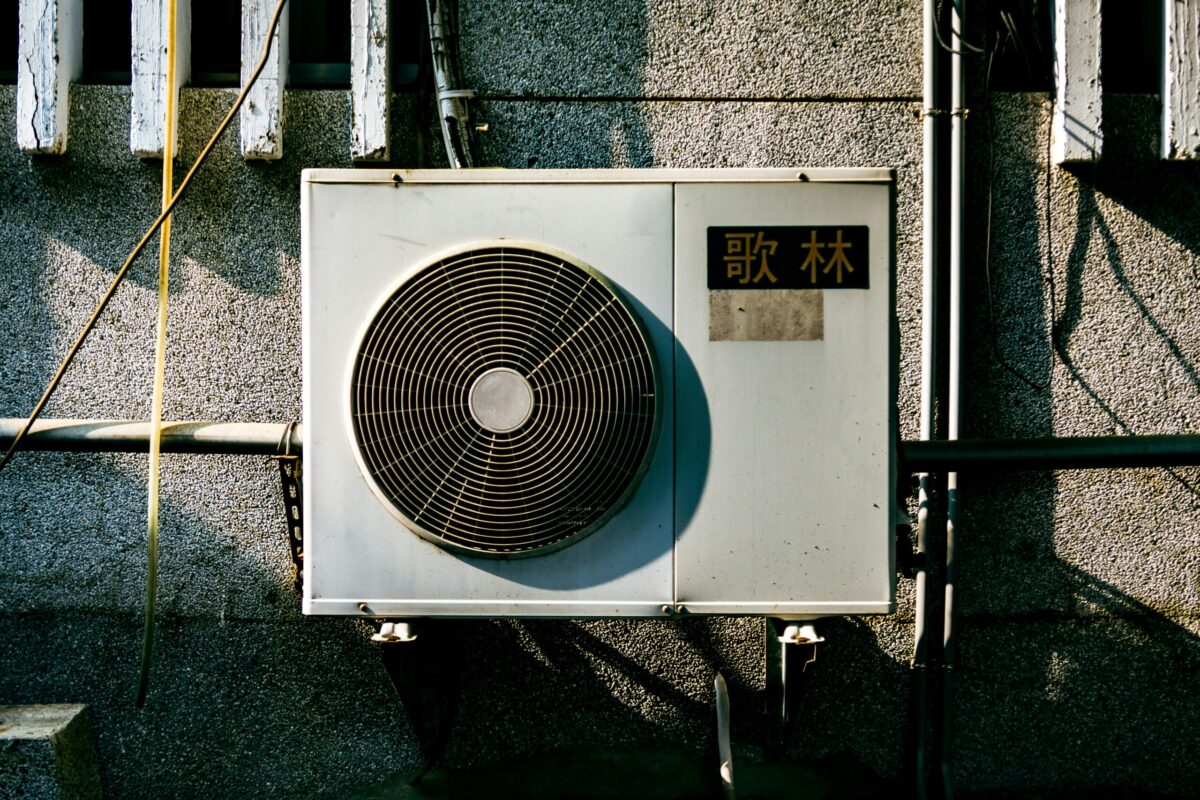pv magazine: This week’s vote in Westminster suggests there could be either a no-deal Brexit or no Brexit at all. What would happen to the British storage industry in either case, and how has Cellcube prepared for the various possible outcomes?
Stefan Schauss: The British energy storage industry should move forward strongly, independent from [exiting] the Brexit [process] or [a] no-deal Brexit. [The] fact is that Great Britain always has been an, electrically, [relatively] isolated terrain. However, we would expect a shift in the applications that would generate future deployment of energy storage. In case of [a disorderly] Brexit, there will be a currency impact that most likely leads to higher energy storage prices, and will shift supplies from countries with no bilateral agreements to countries of origin that do have trade agreements in place.
Another impact will surely come from import factors – customs, trade routes – to service battery deliveries in fast asset deployments. Delays and higher fees should, however, be short lived.
CellCube’s engagement in the UK is focused on long-duration, capacity-driven projects either in front or behind the meter. We take a more long-term oriented view and hence do not foresee a major impact on our strategy. Instead, it might accelerate our timeline. However, there will be some risk factors to be priced in, like currency fluctuations and, immediately following the event, most likely some delivery time adjustments.
In all, it will be a manageable risk for CellCube going forward, and project impacts for UK installations are scheduled into our plans.
How can British companies still participate and compete?
In a hard Brexit case, [the] U.K.’s many energy storage manufacturers are expanding globally. British companies should be able to participate in much the same fashion as any Asian company.
Europe has just launched its Battery Alliance, to become a world leader in battery manufacturing. Is Britain out of the equation from that project, if a chaotic Brexit were to come?
We do believe this will have a major impact for [production operations] which are to be set up in Britain and would be planned under an EBA [European Banking Authority] funding scheme. Most likely [it would] also impact British companies who are trying to establish [production] in the EU.
There are rumors Europe will achieve its battery ambitions by turning away from Li-ion solutions for better alternatives, performancewise and socio-ecologically.
Across Europe, there is a common consensus building that lithium might be limited, by its cost structure, to solve the transition to a fully renewable power grid on the stationary energy storage side.
[That is] paired with some of the safety problems we are currently experiencing on global deployments of large-scale lithium cell-based installations, as well as the recycling question, which still remains unsolved to a large extent.Flow batteries, for example, do not present any of these threats since they are inherently [not] flammable or explosive and [do not] have the recycling necessity. In flow batteries, the chemistry is [non-degradable] and has an almost infinite life. Even when an end-of-life scenario for an individual deployed energy storage system is envisioned, the medium can be reused.
How will Asian companies benefit from the latest political developments in Europe?
Asian battery makers will benefit from cooperation with European companies and will have to decide how much engagement the European market is worth to them. We do believe that the smaller EU is a major focus for business expansion and, with continued harmonization across all sectors, will become an even larger target market.
What will be the effects on the storage industry of any changes to British participation in the EU electricity market?
It remains to be [seen] how cross border trading will benefit from a divided U.K. and EU territory. When trading tariffs [are] implied, the business case might be [hurt] and better energy routing mechanisms will have to be established.
In case of a hard Brexit, there should be a ripple effect on the auction price of leading storage contracts for the following six to nine months. Interconnector capacity could likely become disrupted when the customs union, due to a lack of rules and regulations, is not carried forward on energy trading, until trading partners have found new agreements.
This, in turn, could lead to a larger call for additional generation capacity or storage projects to come online immediately. With an average build time of six to seven months, storage projects will probably capture the lion’s share when co-location with solar and wind could quickly be accomplished and turned into a strong pull for energy storage flexibility. We would expect that additional mid to long term capacity contracts would be auctioned.
On the other hand, any form of soft Brexit will most likely push for a more moderate additional energy storage capacity, which could be added mid-term when the UK decides to move forward on retiring coal-fired [power] by 2021, as has previously been announced.
Also coming in recently, the U.K. Department for Business, Energy and Industrial Strategy has opened consultations to change the rules on co-locating storage systems with PV plants. What are your views on this? What is the likely outcome? And what is the one you would like to see?
We are very much in favor [of] co-location of long duration energy storage systems … with PV installations. The most recent proposals for renewable de-rating factors to serve in a capacity market segment are making a strong argument for storage co-location.
This content is protected by copyright and may not be reused. If you want to cooperate with us and would like to reuse some of our content, please contact: editors@pv-magazine.com.




To me, this is just noise and is a chance to sound off in the media. I guess he is trying to say we’ll survive just fine no matter what happens with Brexit. Fact is battery storage is coming on strong and large lithium storage batteries are impractical, and Vanadium Flow Through Batteries are the practical answer and we’re ready to supply those batteries short range and long range.